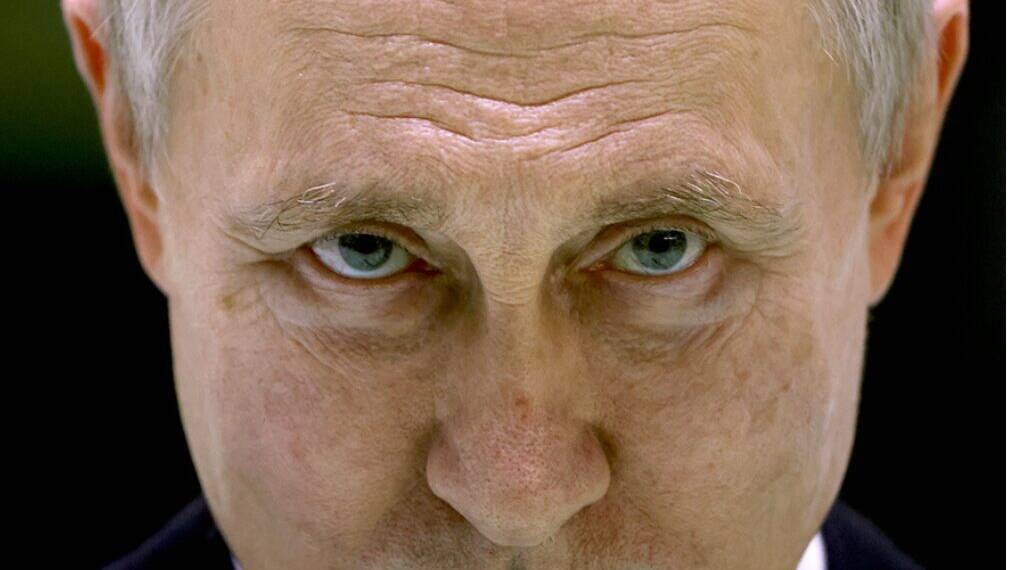In the world of international diplomacy, some leaders are remembered for compromise, others for charisma, and a few for sheer dominance.
And then there’s Vladimir Putin.
For more than two decades, the Russian president has baffled, unnerved, and outmaneuvered counterparts on the global stage. From psychological manipulation to theatrical power plays, Putin has turned negotiation into a weapon—an extension of both his KGB training and Russia’s imperial legacy. His tactics have shaped major geopolitical events, from Ukraine to U.S.–Russia summits.
This is his playbook.
The Psychological Arsenal
At the core of Putin’s strategy lies psychology. Unlike leaders who seek the middle ground, Putin comes armed with information. He studies his opponents—their fears, weaknesses, and habits—and then tailors his tactics accordingly.
One of the most infamous examples came in 2007, when German Chancellor Angela Merkel visited Sochi. Aware of her childhood fear of dogs, Putin allowed his black Labrador, Koni, to wander into the room mid-meeting. Merkel froze while Putin observed calmly. Was it a coincidence? Hardly. It was a calculated display of dominance. Merkel later remarked, “He’s afraid of his own weakness. All they have is this.”
With Donald Trump, the approach was different. Putin deployed flattery, appealing to Trump’s ego while deflecting blame for conflicts such as Ukraine. Experts at Harvard’s Program on Negotiation call this asymmetric information: keep your cards hidden, but study your opponent’s hand in detail.
Then there’s “reality twisting.” During the Ukraine crisis, Putin blurred fact and fiction with half-truths and propaganda, sowing doubt and slowing Western responses. Analysts call this “twisting reality”—a tool that makes perception more important than truth.
As one former CIA operative observed, Putin is “rational, consistent, and ruthless.” His greatest weapon is control. His greatest weakness? The echo chamber he inhabits, where dissenting voices rarely penetrate.
Theatrical Stunts
Psychology is only the beginning. Putin also thrives on theatrics.
One of his most common stunts is time manipulation. He kept Japan’s Shinzo Abe waiting three hours, Barack Obama forty minutes. These weren’t accidents but deliberate strategies—forcing leaders to stew in frustration before entering negotiations already disadvantaged.
Military theater is another weapon. Ahead of the 2025 Alaska summit with Donald Trump, Russia tested a nuclear-capable missile. The timing was intentional: a reminder that Putin arrived at the table not as a supplicant, but as a power equal to Washington.
Similarly, during tense Ukraine talks in 2022, Putin placed Russia’s nuclear forces on high alert. The aim wasn’t to use them but to inject uncertainty. Analysts called it a form of hybrid diplomacy: threats mixed with dialogue, keeping adversaries guessing.
In Russia’s negotiation culture, the concept of sila—force—trumps compromise. Talks aren’t about win-win solutions. They’re about ensuring the other side walks away feeling they’ve lost something.
Strategic Inflexibility
Beyond theatrics and psychology, Putin’s hallmark is strategic inflexibility.
Take the Minsk Accords. European leaders pushed for peace, but Putin drew immovable red lines: Donbas must remain under Russian control. Everything else was negotiable, but core objectives were never abandoned.
The pattern is familiar: offer concessions when weak, retract them when strong. In 2015, he suggested a peace plan scribbled on a napkin—only to discard it once Russia consolidated Crimea. At the Alaska summit, reports suggest he secured leverage over Ukraine without conceding anything substantial. Soon after, he phoned allies like Xi Jinping, Narendra Modi, and Saudi Arabia’s MBS to spin the outcome in his favor.
RAND analysts warn: “Never give Russia the upper hand. Once you do, Putin will pocket the gains—and then demand more.”
Ukrainian President Volodymyr Zelensky recognized this. By 2025, he refused to engage with Foreign Minister Sergey Lavrov, insisting only Putin himself was worth negotiating with. This flipped the script, calling out Putin’s dominance game.
Lessons from History
What can leaders learn from Putin’s playbook?
Angela Merkel demonstrated one approach: calm resistance. Despite provocations, she pressed forward with sanctions and kept Europe united.
But history also reveals Putin’s vulnerabilities. His intelligence failures in Ukraine turned what was intended as a “three-day operation” into a drawn-out war. His theatrics and psychological tactics couldn’t alter battlefield realities.
Putin’s strength lies in projecting inevitability—convincing others they must negotiate on his terms. But inevitability is an illusion. When united and well-prepared, his adversaries have repeatedly blunted his edge.
Putin’s negotiation style blends KGB tradecraft, psychological warfare, and imperial nostalgia. Mind games, theatrical stunts, and strategic rigidity have won him tactical victories—from Crimea to Alaska—but at the cost of increasing isolation. Russia now faces Western sanctions, stiff resistance in Ukraine, and a wary international community.
For the West, the lesson is twofold:
From the front → counter with unity, facts, and leverage.
From behind → weaken Putin internally and externally through pressure and alternative alliances.
True negotiation requires mutual good faith—something neither Putin nor the West consistently offers. For Putin, compromise is weakness. His approach is about dominance. If you play, you play to win.
In the fragile arena of global politics, recognizing this mindset is crucial. Because misreading Putin’s tactics isn’t just costly—it risks turning today’s stunts into tomorrow’s crises.








